Guide to Enterprise Content Management (ECM) Systems 2024
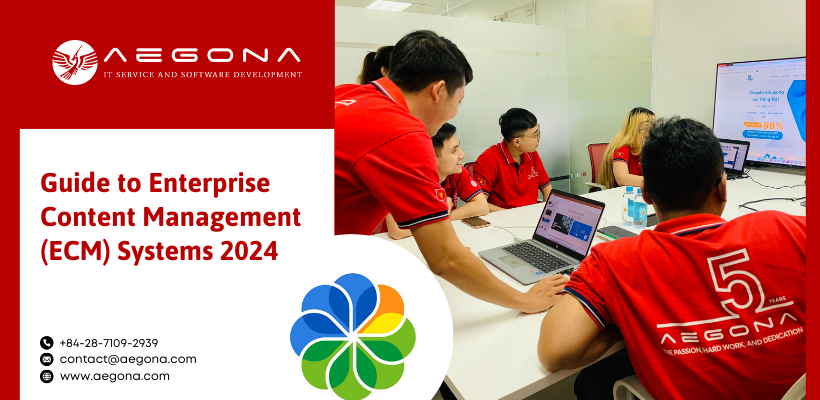
Alfresco, a leading open-source platform, empowers companies to build robust and scalable Enterprise Content Management (ECM) systems. In today's data-driven landscape, efficient document management is crucial for organizations of all sizes. Here's how your company can leverage Alfresco to deploy a powerful ECM system:
1. Advantages of Alfresco for your ECM System:
- Cost-Effective: Being open-source, Alfresco eliminates licensing fees, making it a budget-friendly solution, especially for small and medium businesses.
- Customization: Alfresco's open-source nature allows for customization to fit your specific needs. Developers can extend functionalities through custom workflows, integrations, and user interfaces.
- Scalability: Alfresco's architecture scales seamlessly with your document storage and user base. You can easily add storage and accommodate a growing number of users without compromising performance.
- Security: Alfresco offers robust security features, including granular access controls, secure authentication mechanisms, and detailed audit trails, ensuring document security and compliance.

2. Key Functionalities of your Alfresco-based ECM System:
- Centralized Document Repository: Alfresco provides a central location to store all your documents, eliminating scattered folders and file servers. Users can upload, download, and manage documents with ease.
- Advanced Content Management: Go beyond simple storage. Define document properties, assign metadata, and categorize documents for efficient organization and retrieval.
- Version Control: Track every document revision, ensuring you always have access to the latest version and a complete audit trail for compliance purposes.
- Collaboration Features: Facilitate seamless collaboration with document sharing, annotation tools, and discussion functionalities within the platform.
- Workflow Automation: Integrate Alfresco with workflow automation tools to automate document-centric processes like approvals, routing, and notifications, streamlining workflows and boosting team efficiency.
- Mobile Access: Enable users to access and work on documents from anywhere, anytime with mobile applications, fostering real-time collaboration and on-the-go productivity.
3. Steps to Deploying an Alfresco-based ECM System:
- Step 1: Evaluate your Needs: Identify your specific document management requirements, user base, and desired functionalities.
- Step 2: System Design and Customization: Design your ECM system architecture and customize Alfresco functionalities to meet your needs through workflows, integrations, and user interface modifications (if needed).
- Step 3: Data Migration (Optional): If migrating from an existing system, plan and execute a seamless data migration process to ensure minimal disruption.
- Step 4: Deployment and User Training: Deploy the Alfresco-based ECM system and provide comprehensive user training to ensure smooth adoption by your employees.
- Step 5: Ongoing Maintenance and Support: Establish a plan for ongoing maintenance, updates, and user support to keep your ECM system running smoothly and efficiently.

4. The Difference Between DMS and ECM
DMS and ECM both deal with managing information within an organization, but they have key differences:
Scope:
- DMS (Document Management System): A specific software program that focuses on storing, organizing, and retrieving electronic documents.expand_more Think of it as a digital filing cabinet.
- ECM (Enterprise Content Management): A broader strategy that encompasses a set of tools and processes for managing all an organization's information assets, including electronic documents, emails, images, and even physical documents.expand_more
Functionality:
- DMS: Primarily deals with document storage, retrieval, and version control. It ensures everyone has access to the latest version of a document and tracks changes made over time.
- ECM: Offers a wider range of features beyond just documents.expand_more It can include workflow automation, collaboration tools, and content security management.
Type of Content Supported:
- DMS: Mainly handles structured data like Word documents, PDFs, and spreadsheets.expand_more
- ECM: Can manage both structured and unstructured content, including emails, images, videos, audio recordings, and social media content.expand_more
Suitability:
- DMS: Ideal for smaller businesses or departments that primarily deal with documents and need a way to go paperless and improve document organization.
- ECM: More suited for larger organizations with complex information needs and a wider variety of content types to manage.
Here's an analogy: Think of a DMS as a filing cabinet for your digital documents, while ECM is like an entire document management office with filing cabinets, collaboration areas, and tools for processing and analyzing information.
By leveraging Alfresco's open-source capabilities, your business can build a cost-effective and scalable ECM system that streamlines document workflows, enhances collaboration, and empowers your workforce to make data-driven decisions. Aegona is a company that deploys both ECM and DMS for business needs service depending on SMS, Text, and IT fields.
Let’s start your project with Aegona via email at [email protected] or hotline at (+84) 28 7109 2939 to consult when building software.
>> Read more:

related post

Amid the vibrant working atmosphere at Aegona, this September and October will be more exciting than ever with the kickoff of the 2025 Internal Chess Tournament

As scheduled, the monthly internal event “Happy Hour” returned to Aegona’s office this September afternoon, bringing along a joyful atmosphere filled with connection, laughter, and positivity.

Discover the key software outsourcing trends in 2025, from AI, automation, hybrid outsourcing to workforce training. Understanding these trends helps businesses optimize costs and improve software quality.
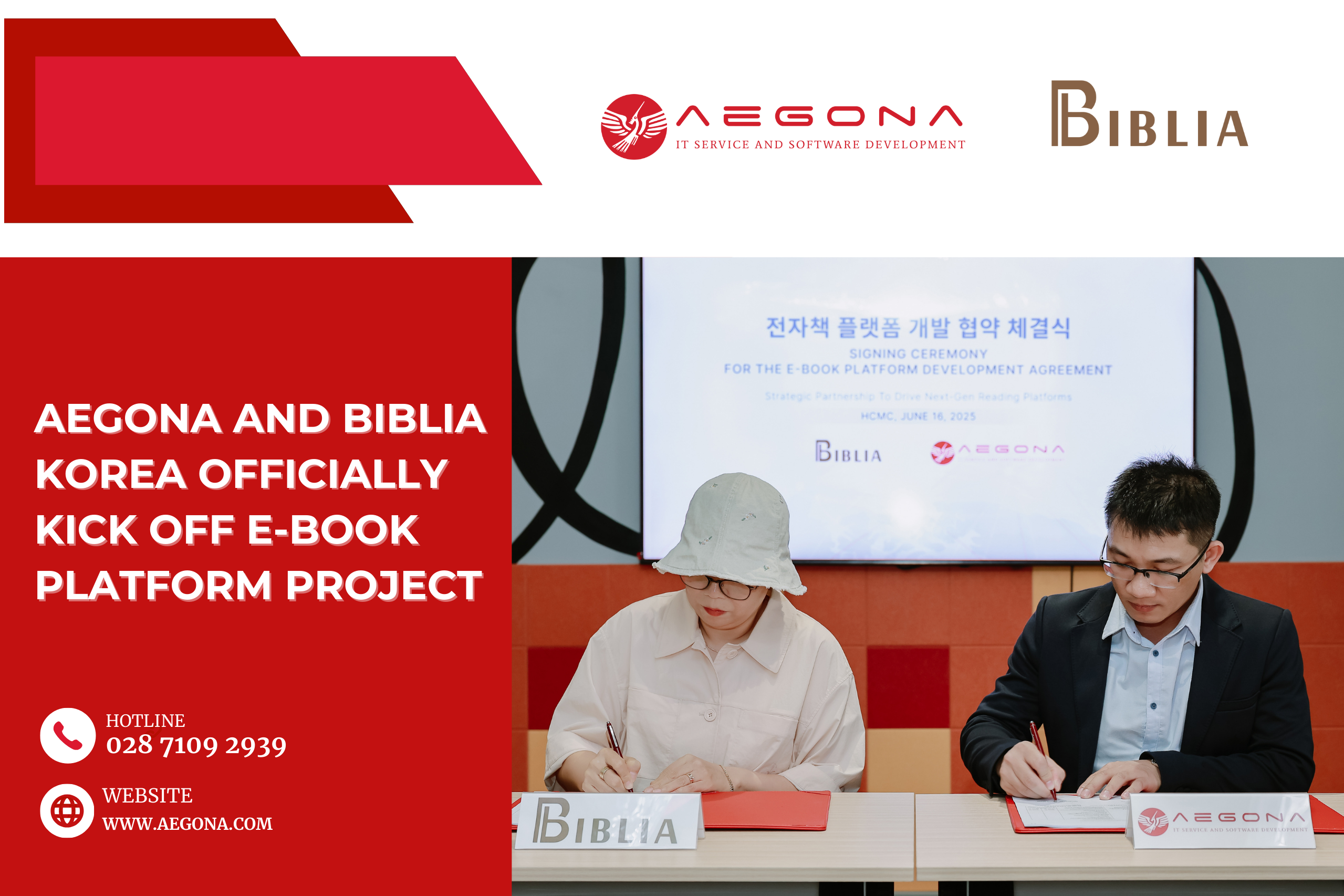
On June 16, 2025, following a series of technical discussions and alignment on technology directions, Aegona and Biblia officially signed a strategic cooperation agreement to develop a comprehensive digital publishing platform that integrates both E-books and Audiobooks.

In the global software development market, outsourcing Node.js development in Vietnam has become one of the most strategic choices for startups, SMEs, and enterprises looking to optimize costs while maintaining top-notch quality.
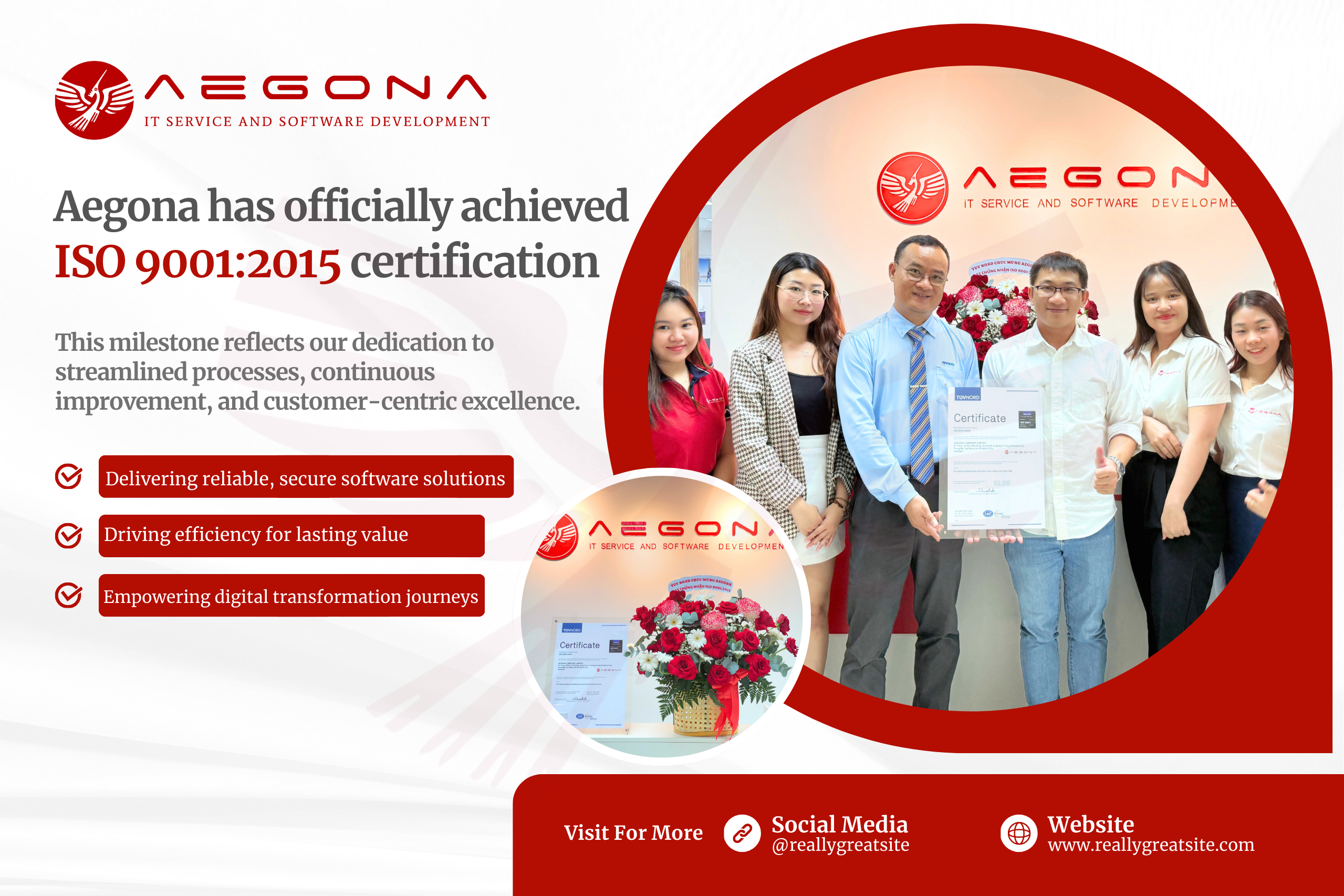
We are proud to announce that Aegona has officially achieved ISO 9001:2015 certification, an internationally recognized standard for quality management systems.
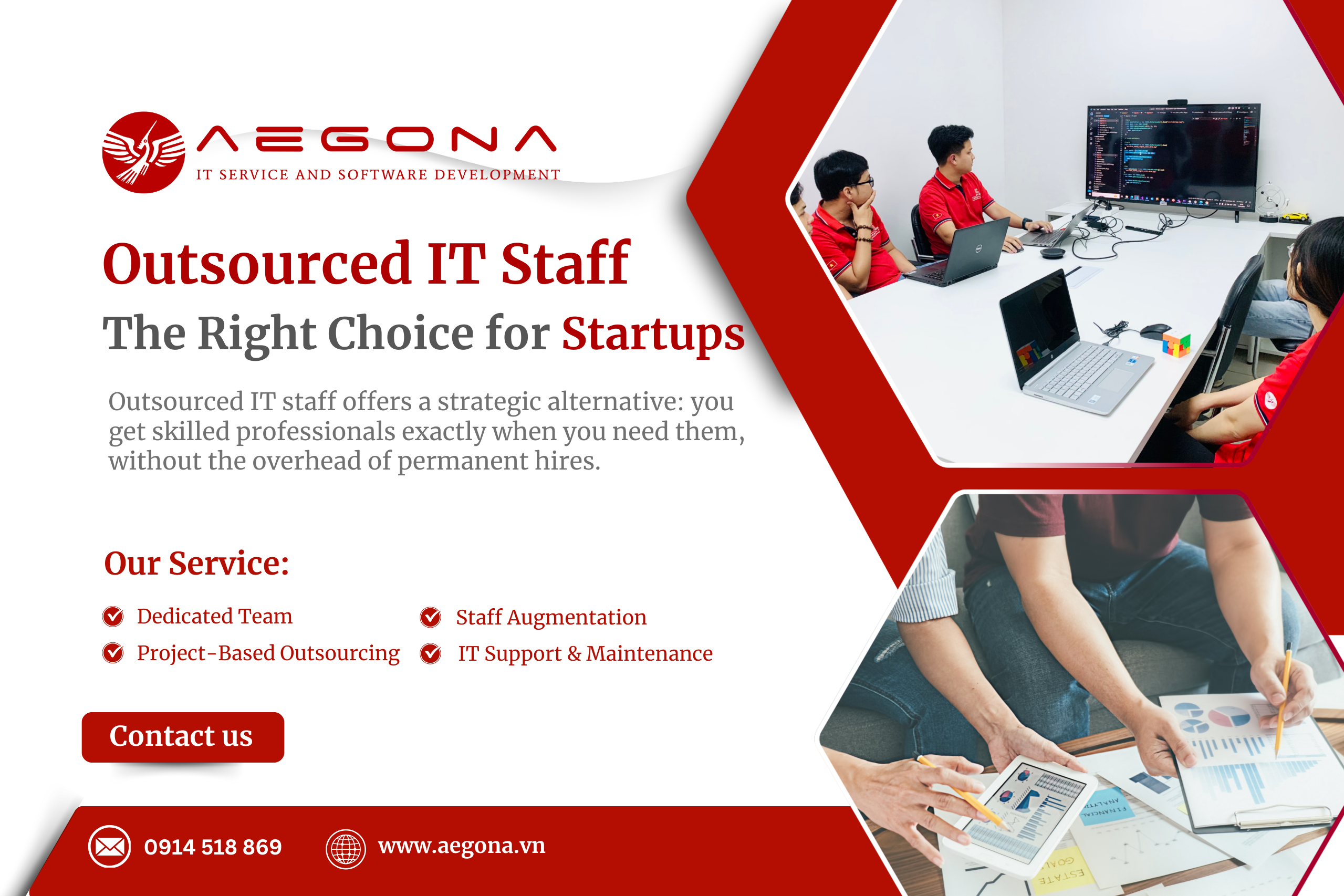
Outsourced IT staff offers a strategic alternative: you get skilled professionals exactly when you need them, without the overhead of permanent hires.

Build custom ERP software to streamline operations, boost efficiency, and fit your business needs. A complete step-by-step guide.
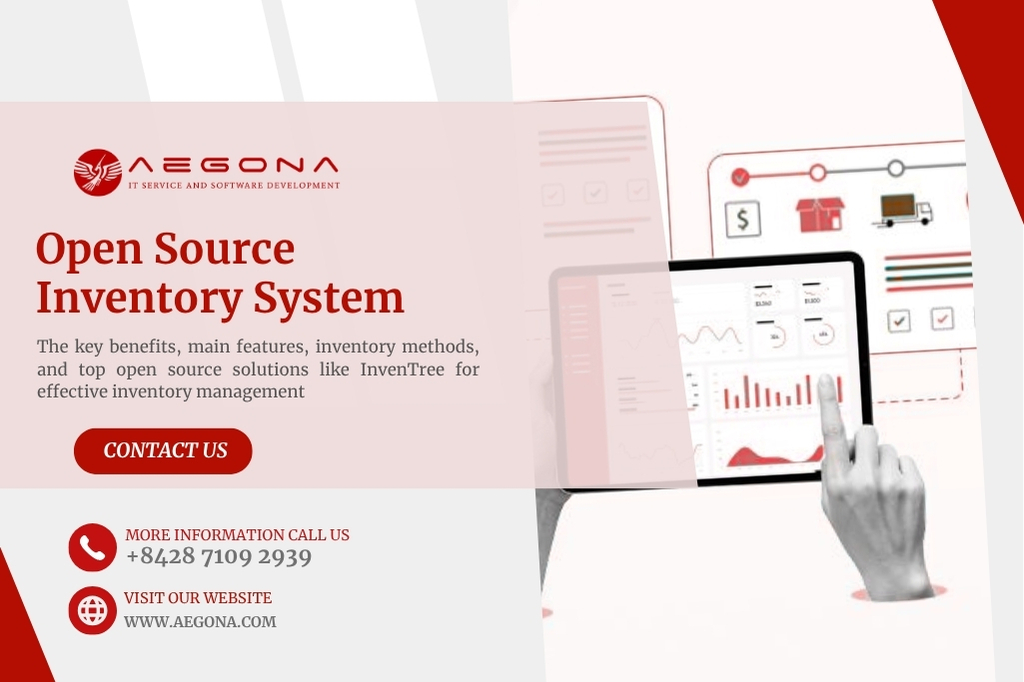
Discover the best open-source inventory systems like InvenTree. Learn key features, benefits, and tools to optimize warehouse and inventory operations.

Discover how Tender Management software streamlines bidding, boosts efficiency, and when to choose a custom-built solution.
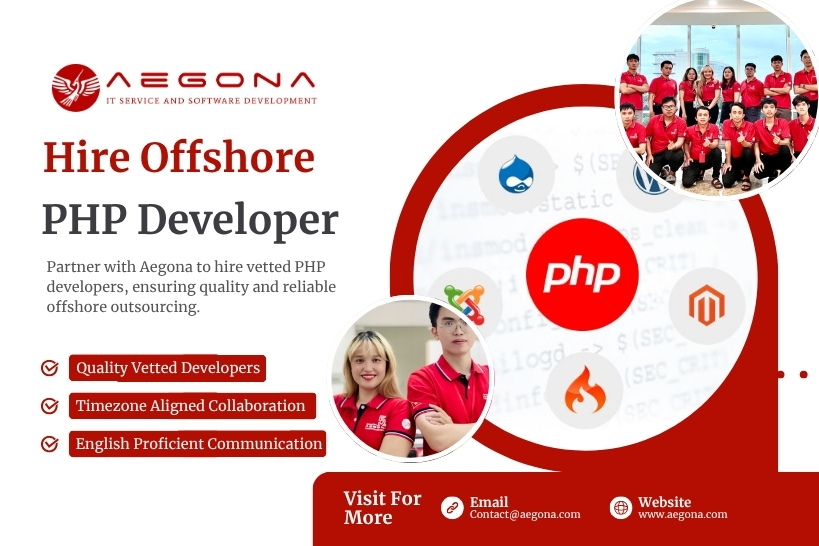
Discover the benefits of hiring offshore PHP developers in Vietnam and explore a step-by-step process to build a skilled, cost-effective development team.

Discover the key benefits and features of real estate app development in Vietnam for businesses aiming to grow in the digital property market.
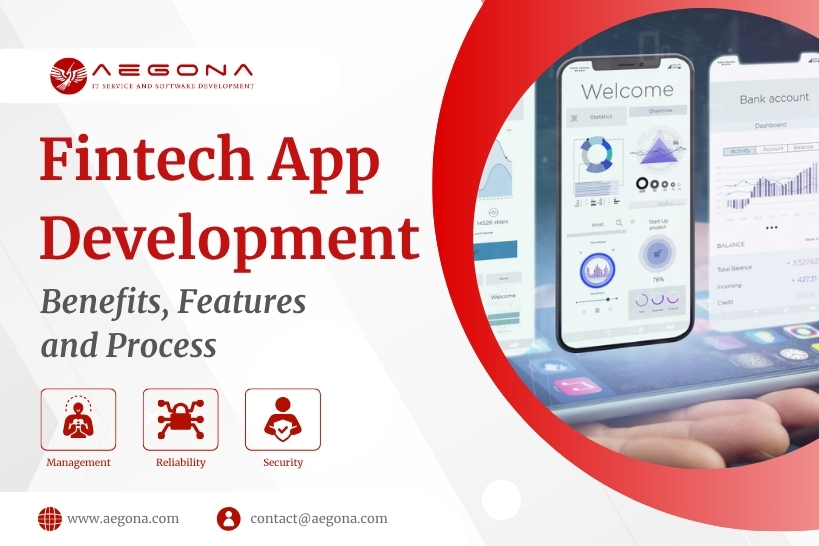
Custom FinTech app development for banking, insurance, payments & more. Secure, scalable, and tailored to your business.

Odoo POS software is becoming an effective alternative to traditional POS systems thanks to its flexible integration capabilities and reasonable cost. Using sales management software plays an essential role in optimizing business operations. This article will help you compare Odoo software and traditional POS systems to find the most suitable option for your business.
